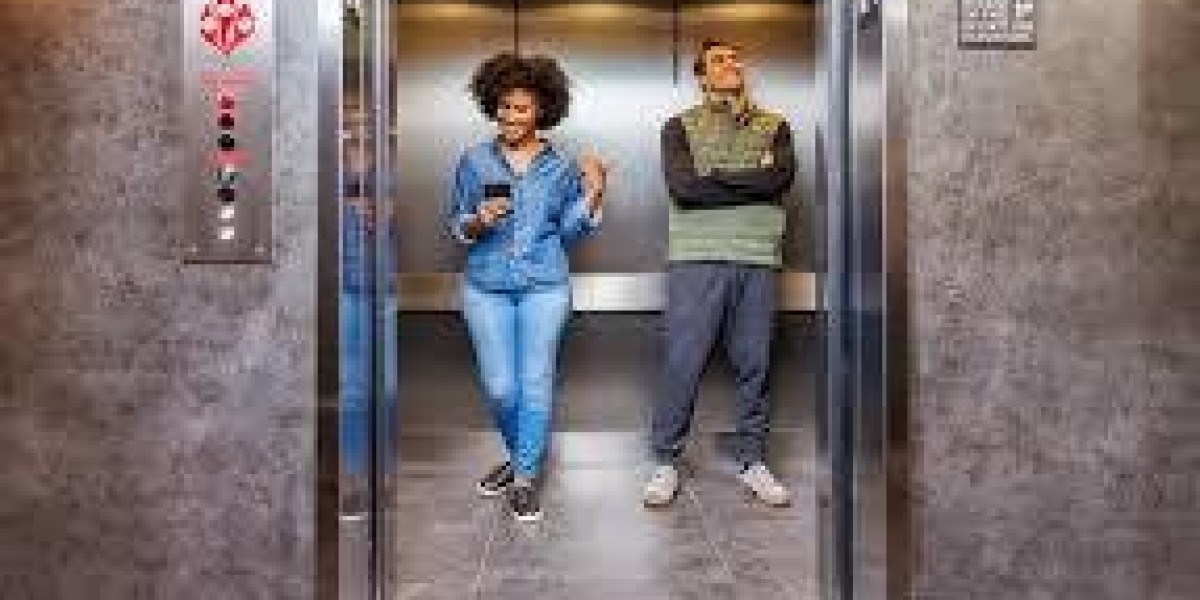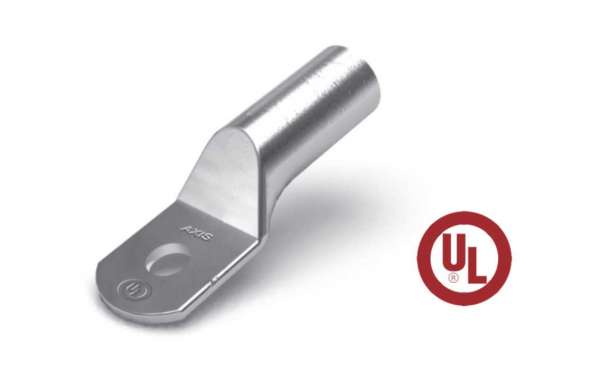In today's fast-paced urban environments, elevators are essential for facilitating vertical transportation in residential, commercial, and public buildings. As the use of elevators increases, so does the importance of safety. Modern passenger elevators are equipped with various safety features designed to protect users and ensure reliable operation. Here are some critical safety features every modern passenger elevator should have:
1. Emergency Braking System
An emergency braking system is a crucial safety feature that prevents free falls in the event of a cable failure or other malfunction. This system ensures that the elevator stops safely and gradually, reducing the risk of injury to passengers.
Two-Way Braking: Many modern elevators have dual braking systems that activate independently to provide redundancy and enhance safety.
Load Monitoring: These systems can also monitor the load in the elevator, preventing operation when overloaded.
2. Automatic Doors with Safety Sensors
Automatic doors equipped with safety sensors help prevent accidents during door operation. These sensors detect objects or individuals in the doorway and prevent the doors from closing if an obstruction is detected.
Infrared Sensors: Commonly used in modern elevators, these sensors ensure that doors do not close on passengers or objects.
Reopening Features: If the doors sense an obstruction, they will reopen automatically to allow safe entry and exit.
3. Emergency Communication System
A reliable emergency communication system is essential for ensuring that passengers can reach help in the event of an emergency. This system typically includes:
Intercom Systems: Elevators should be equipped with two-way intercom systems that allow passengers to communicate with building staff or emergency services.
Emergency Alarms: Panic buttons should be accessible within the cabin, allowing passengers to alert others in case of distress.
4. Fire and Smoke Detection Systems
Fire safety is a top priority in building design, and modern elevators must include fire and smoke detection systems to protect passengers in emergencies.
Smoke Detectors: These sensors can trigger an alarm and notify building management in case of smoke detection, prompting necessary actions.
Fire Service Mode: In the event of a fire, elevators can be programmed to return to a designated floor or remain at the ground level, preventing usage during emergencies.
5. Overload Sensors
Overload sensors are vital for preventing elevators from operating when they exceed their maximum weight limit. These sensors help avoid potential accidents and damage to the elevator system.
Automatic Shutdown: If the elevator is overloaded, the system will automatically prevent it from moving until the excess weight is removed.
User Notifications: Some elevators may display a warning message or indicator light to inform users of the overload condition.
6. Emergency Power Supply
In the event of a power failure, modern elevators should be equipped with an emergency power supply to ensure passengers can safely exit the elevator.
Battery Backup Systems: These systems allow elevators to operate for a limited time during power outages, enabling them to reach the nearest floor and open the doors.
Automatic Return to Ground: Some elevators are designed to return to the ground floor automatically when power is lost, ensuring passenger safety.
7. Safety Locks and Doors
Safety locks and doors are essential components that prevent accidental door openings while the elevator is in motion.
Hoistway Doors: These doors should automatically lock when the elevator is not at the landing, preventing unauthorized access.
Cabin Doors: Ensure that cabin doors are securely closed before the elevator can move.
8. Emergency Lighting
Emergency lighting is critical for ensuring visibility in the event of a power outage or malfunction. It helps passengers see and navigate safely until help arrives.
Backup Lighting: Emergency lighting systems activate automatically during power failures, illuminating the cabin and escape routes.
Battery-Operated Systems: These systems should be independent of the main power supply to ensure they function during outages.
9. Regular Maintenance and Inspection
While not a physical feature, regular maintenance and inspection are vital for ensuring that all safety systems and components of the elevator are functioning correctly.
Scheduled Maintenance: Building management should adhere to a strict maintenance schedule to identify and rectify any potential issues.
Compliance with Standards: Ensure that the elevator complies with local safety regulations and standards, including regular inspections by certified professionals.
Conclusion
As urban populations grow and buildings become taller, the importance of safety in passenger elevators cannot be overstated. Incorporating these essential safety features not only protects passengers but also enhances the overall reliability and functionality of elevator systems. Building owners and managers must prioritize the implementation and maintenance of these safety measures to ensure a secure environment for all users.










